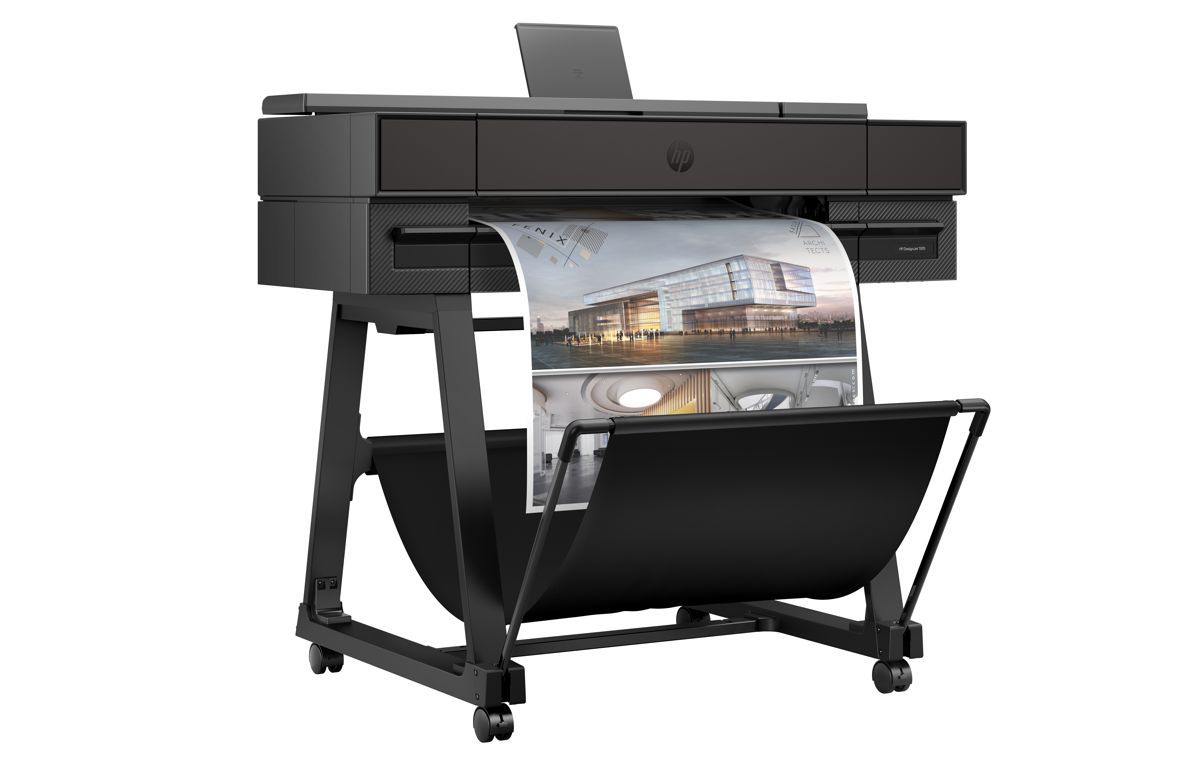xMEMS Revolutionising Micro-Cooling with Fan-on-a-Chip
In a world driven by ever-slimmer gadgets and power-hungry AI technologies, cooling solutions have struggled to keep pace—until now. Enter xMEMS Labs with their ground-breaking XMC-2400 µCooling™ chip, a marvel set to redefine thermal management in ultra-thin devices.
This innovation has earned xMEMS the prestigious honour of being named a CES Innovation Awards® 2025 Honoree in the “Best in Computer Hardware and Components” category, an accolade that places it among the best of the best in consumer technology.
With CES 2025 right around the corner, this achievement is no small feat. The annual CES Innovation Awards celebrates cutting-edge designs across 33 categories, drawing in over 3,400 submissions this year alone. The competition is fierce, but the xMEMS XMC-2400 chip has managed to stand out, showcasing not just a product but a breakthrough that addresses a critical need in the tech industry.
Solving the Micro-Cooling Puzzle
As devices like smartphones, tablets, and XR wearables grow thinner and more capable, they generate an immense amount of heat, which poses a serious challenge to both performance and longevity. Traditional cooling methods—think fans and heat sinks—are simply too bulky to fit into these ultra-thin profiles. That’s where the XMC-2400 µCooling™ chip comes in.
Joseph Jiang, CEO and Co-Founder of xMEMS, sums it up perfectly: “We’re honoured for our revolutionary XMC-2400 ‘fan-on-a-chip’ to be recognised by the CES Innovation Awards for the legitimate breakthrough that it is. Up until now, thermal management of thin, small form-factor electronics has been a massive challenge for manufacturers and consumers.”
What sets this chip apart is its all-silicon design, making it a lightweight, robust, and efficient solution. Measuring just 1 millimetre thick, this tiny chip can be integrated into a range of devices—from smart glasses to high-performance SSDs—without compromising on space or design aesthetics. It’s truly a game-changer in every sense.
The Science Behind the XMC-2400
At a glance, the XMC-2400 is a minuscule chip measuring 9.26 x 7.6 x 1.08 millimetres and weighing less than 150 milligrams. But don’t let its size fool you—this chip is a powerhouse. It’s capable of moving up to 39 cubic centimetres of air per second, with a back pressure of 1,000 Pa. That’s a remarkable feat for something that’s 96% smaller and lighter than conventional active-cooling systems.
The chip’s efficiency lies in its unique piezoelectric actuation mechanism, which replaces traditional mechanical components with a solid-state solution. This innovation eliminates vibration and noise, making it ideal for applications where silent operation is key. Plus, the all-silicon design guarantees semiconductor-level reliability, uniformity, and robustness.
Key Advantages of the XMC-2400:
- Ultra-Thin Form Factor: At just 1 millimetre thick, it fits seamlessly into slim devices.
- Low Power Consumption: Optimised for mobile devices where battery life is a priority.
- Silent Operation: Solid-state design ensures vibration-free and noise-free cooling.
- High Airflow Efficiency: Moves significant air volume despite its tiny size.
- Durability: IP58 rated for dust and water resistance.
A Milestone for AI-Driven Devices
In today’s tech landscape, AI applications are becoming the norm rather than the exception, especially in portable devices. From augmented reality to real-time data processing, these tasks require substantial computing power, which generates even more heat. The XMC-2400 is poised to address this need, allowing manufacturers to include active cooling without redesigning their devices to accommodate bulky fans.
Jiang emphasises: “XMC-2400 is poised to address those challenges, and it comes at a critical moment in the industry—as ultramobile devices are running more processor-intensive AI applications.”
This micro-cooling chip offers a way forward for manufacturers aiming to deliver high performance without sacrificing form factor. It’s especially beneficial for next-gen devices where space is at a premium but thermal management remains non-negotiable.
CES 2025 and Beyond
The excitement doesn’t stop at this award. xMEMS is set to showcase the XMC-2400 µCooling™ chip at CES 2025 in Las Vegas, where attendees can experience the technology first-hand. The Venetian Suite 29-235 will be buzzing with demonstrations and discussions on how this innovation could reshape the landscape of consumer electronics.
For those curious to dive deeper into this technology, xMEMS is offering scheduled appointments during CES. This is an excellent opportunity for industry insiders to get up close with what could very well be the future of micro-cooling solutions.
Pioneers in MEMS Technology
Founded in 2018, xMEMS Labs has quickly made a name for itself by pushing the boundaries of MEMS technology. The company first made waves by introducing the world’s first solid-state True MEMS speakers, and now, with the XMC-2400, they’re setting their sights on micro-cooling. With over 200 granted patents in their portfolio, xMEMS is not just innovating; they’re leading the charge in the MEMS sector.
Their journey, however, is far from over. As they continue to explore new frontiers in cooling, sound, and beyond, it’s clear that xMEMS is on a mission to revolutionise how we think about electronics.
Implications for the Tech Industry
The implications of this breakthrough extend far beyond just cooling. By enabling better thermal management in compact devices, xMEMS is opening doors for new possibilities in AI-driven applications, from autonomous drones to advanced medical wearables. The XMC-2400 µCooling chip could be the catalyst that allows engineers to design more efficient, powerful, and longer-lasting devices.
For an industry grappling with heat dissipation challenges, this innovation is not just timely—it’s necessary. With CES 2025 as the launching pad, it’s only a matter of time before xMEMS’ technology becomes a staple in the design of high-performance, ultra-slim electronics.




















